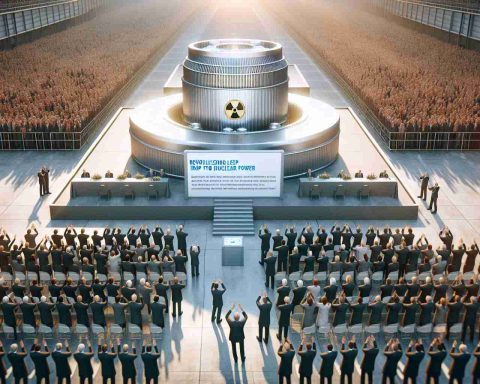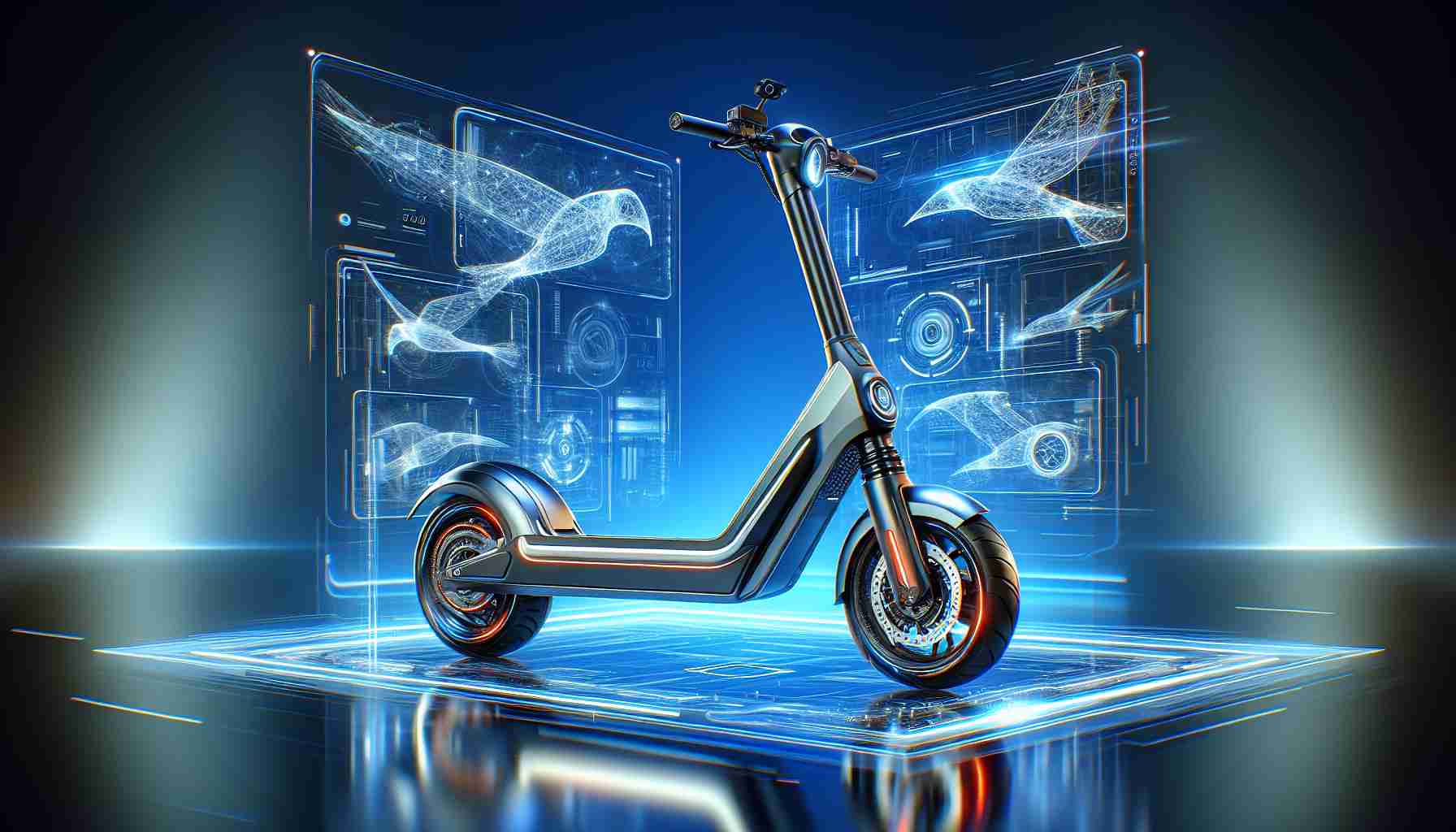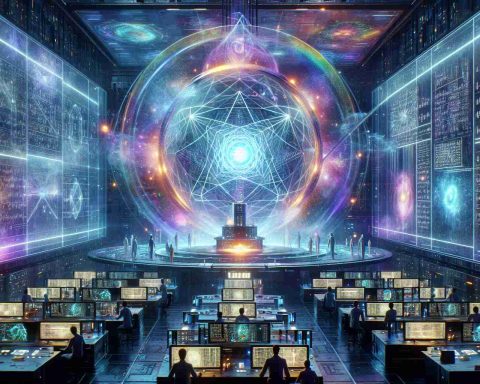- House Bill 1007 in Indiana aims to address rising energy demands by introducing small modular nuclear reactors (SMRs), which are considered a clean energy alternative to traditional power sources.
- SMRs, while innovative, face economic challenges, including unfinished projects and concerns about potential increases in consumer electricity bills.
- The legislation could hinder Indiana’s renewable energy progress by emphasizing fossil fuels, potentially affecting wind and solar investments.
- Indiana’s energy strategy may impact national policies, influencing the balance between AI advancements and environmental sustainability.
- The state’s approach serves as a critical experiment for integrating technology with green energy solutions on a global scale.
In the midst of soaring energy demands fueled by artificial intelligence advancements, Indiana positions itself at a crucial crossroads with House Bill 1007. This groundbreaking legislation aims to redefine the state’s energy framework, introducing small modular nuclear reactors (SMRs) to meet the growing power needs of AI data centers. Painted as a clean energy alternative, SMRs offer new possibilities but carry substantial challenges.
Innovative Yet Contentious Nuclear Energy Pathways
SMRs emerge as a beacon of innovation, promising to cut down greenhouse emissions significantly compared to traditional power sources. Despite their futuristic allure, these nuclear solutions face economic hurdles. None have yet been completed in the U.S., and historical setbacks, including a major failed federal project, raise red flags about their financial feasibility. Concerns loom over the potential cost spillover to consumers, threatening to raise electricity bills and amplify existing economic divides.
Renewable Energy at a Crossroads
Beyond economic concerns, House Bill 1007 may undermine Indiana’s renewable energy advancements. The legislation’s fossil fuel stipulations could sideline wind and solar investments, in stark contrast to global climate-conscious objectives. Thus, the state’s legislative choices may pose barriers to wider adoption of sustainable energy practices, complicating Indiana’s path towards a greener future.
Far-Reaching Consequences
Indiana’s energy decisions today ripple beyond state borders, influencing national policies and setting a template for other territories balancing AI innovations with sustainability efforts. This delicate equilibrium highlights the intensive push and pull between harnessing cutting-edge technology and safeguarding the environment. The lessons learned here will chart the course for how the world tackles the intertwined challenges of technological progress and climate responsibility.
Indiana’s ambitious foray into reshaping its energy mix stands as a pivotal experiment, with its outcomes keenly watched by global audiences vested in the future of sustainable technology integration.
How Indiana’s Nuclear Energy Ambitions Could Shape the Future of AI Powering
The Rise of Small Modular Reactors: Is Indiana’s Energy Revolution Sustainable?
What Are the Key Features of Small Modular Reactors (SMRs) Compared to Traditional Reactors?
Small Modular Reactors (SMRs) represent a significant shift from traditional nuclear reactors, primarily due to their size and modularity. SMRs are designed to be more flexible and scalable, providing opportunities to construct reactors that are better tailored to specific community needs. Unlike traditional reactors, SMRs:
– Are constructed off-site and transported to their location for assembly, reducing on-site construction time and potential delays.
– Offer enhanced safety features, such as passive cooling systems that don’t require human intervention or external power sources in emergencies.
– Aim to lower upfront capital costs and investment risks due to their smaller size and modular design.
However, the actual economic benefits remain debated due to lack of operational projects to conclusively validate these claims.
For more information on the latest in nuclear innovation, check out NEI.
How Do SMRs Impact the Pricing and Market Dynamics of Electricity in Indiana?
Introducing SMRs may have complex repercussions on electricity pricing and market dynamics in Indiana. While SMRs promise more efficient and cleaner energy production, the initial costs can be high, potentially affecting consumer bills:
– Short-Term Costs: The high initial capital investment might lead utilities to increase electricity rates to cover the costs, impacting consumer pricing.
– Long-Term Savings: Proponents argue that operational efficiencies and lower maintenance costs of SMRs could lead to savings in the long run, as they might offer more stable pricing than fossil fuels.
– Equity Concerns: There’s a significant concern over economic disparities, as any rise in electricity costs could disproportionately affect low-income communities, exacerbating existing economic divides.
For discussions on the economic implications of nuclear energy, visit EIA.
How Does House Bill 1007 Affect Indiana’s Renewable Energy Trajectory?
House Bill 1007 places Indiana at a critical decision point, potentially reshaping its energy landscape amid global renewable energy movements:
– Renewable Setbacks: The bill’s focus on nuclear energy could sideline investments in renewable resources. Critics argue this shift might hinder Indiana’s progress toward broader renewable energy adoption, conflicting with global trends favoring wind and solar.
– Fossil Fuel Stipulations: The bill’s provisions related to fossil fuels raise concerns about prolonged reliance on non-renewable resources, which could detract from Indiana’s sustainability efforts.
– Environmental and Policy Implications: These legislative moves may set a precedent affecting national energy policies, influencing how the U.S. balances technology-driven energy consumption with renewable energy commitments.
For insights into sustainable energy solutions, visit NREL.
Navigating the Future
As Indiana navigates this transformative phase, the decisions made today will affect the state’s energy future, economic stability, and environmental impact. The state’s energy experiment is a vital case study for regions worldwide striving to balance technological advancement with sustainable practices.
The source of the article is from the blog qhubo.com.ni















